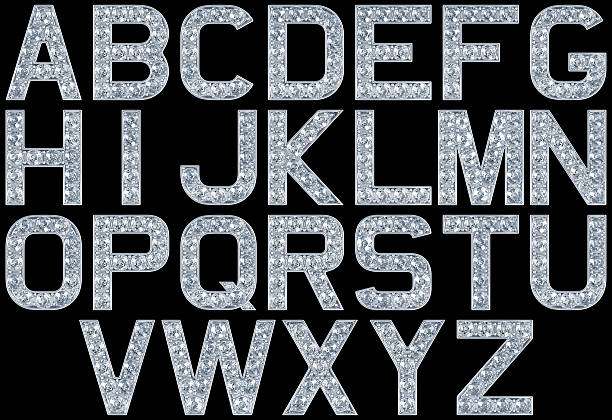Understanding the Evolution of Watches All Entries

Humanity has always monitored the passage of time. Even before timepieces existed, people used the sun’s position to tell time. Timepieces have witnessed numerous advancements over the years in terms of design, size, and functionality. With smartphones entering the scene, you can tell time while enjoying additional features like calling, texting, and tracking fitness information. Here, we'll chronicle the journey of timepieces into present day.
Clock History
Water, sun, and shadow clocks were humanity’s first shot at creating time fixtures. Hung above doorways, sundials marked noon and tides during the Middle Ages. These inventions may have approximated time, but they were unreliable. For instance, sundials and shadow clocks couldn’t work at night. On the other hand, varying ambient temperatures and water flow rates rendered water clocks inaccurate, as water freezes during winter and evaporates during summer. This paved the way for mechanical clocks in the 14th century.
Utilizing verge-and-foliot systems, these timepieces were more precise, losing only two hours daily. This may seem flawed today, but mechanical clocks were state-of-the-art then. The downside was their unreliable power source. It was not until the 16th century when German locksmith Peter Henlein created the first advanced mechanical clock. Many modern clocks borrow from Henlein’s inventions. From the 17th century on, wall clocks attracted attention to one's social status.
Wristwatches
The 15th century welcomed balance and spiral spring technologies, facilitating the creation of precise timepieces. Coil springs replaced pendulums that set the pace for timepiece miniaturization. Using balance and spiral spring mechanisms, physicist Christiaan Huygens made a portable timepiece, ushering in small watches. Although wristwatches existed in the 1570s, they were called arm watches. In 1812, French innovator Abraham-Louis Breguet gave the first wristwatch to Queen Caroline Murat. At the time, men hooked watches to chains on their back pockets while ladies dangled them around their necks.
Before the 19th century ended, wristwatches had stolen the hearts of many women, with some putting them on ribbons. Even so, the trend wasn't prevalent among men, as they were susceptible to damage by harmful elements. Instead, they fancied pocket watches, which were becoming smaller and more accurate by the day.
But men soon discovered removing a watch from the pocket was a nuisance in particular situations. Aviation icon Alberto Santos-Dumont once said he wanted to look at his watch without taking his hands off plane controls. As a result, his buddy and watchmaker Louis Cartier made him a timepiece in 1904. This was the first mens and pilot wristwatch.
World War I
During WWI, soldiers found it difficult to operate weapons and check their pocket timepieces simultaneously, so they strapped their timepieces to their wrists. This invention spearheaded military wristwatches, with companies adding features like luminous digits to make their timepieces suitable for the battlefield. This way, soldiers could plan attacks without communication. All they had to do was set their watches and strike at particular hours. Military wristwatches remained popular after the war, with their production continuing to date.
Recent Developments
More men embraced wristwatches after the war. Watch manufacturers even began depicting soldiers in watches to advertise their products. Veterans who wore the pieces on the battlefield also wore them when they returned home.
In recent years, timepieces have become more advanced, as confirmed by smartwatches. The vintage watch market is still vibrant, with people buying them for their collection or personal style. The good news is that timepieces come in different varieties so you can find one for your budget and style.
Ralph Mueller & Associates can help you sell your timepieces, no matter how rare. Contact us today to learn more.